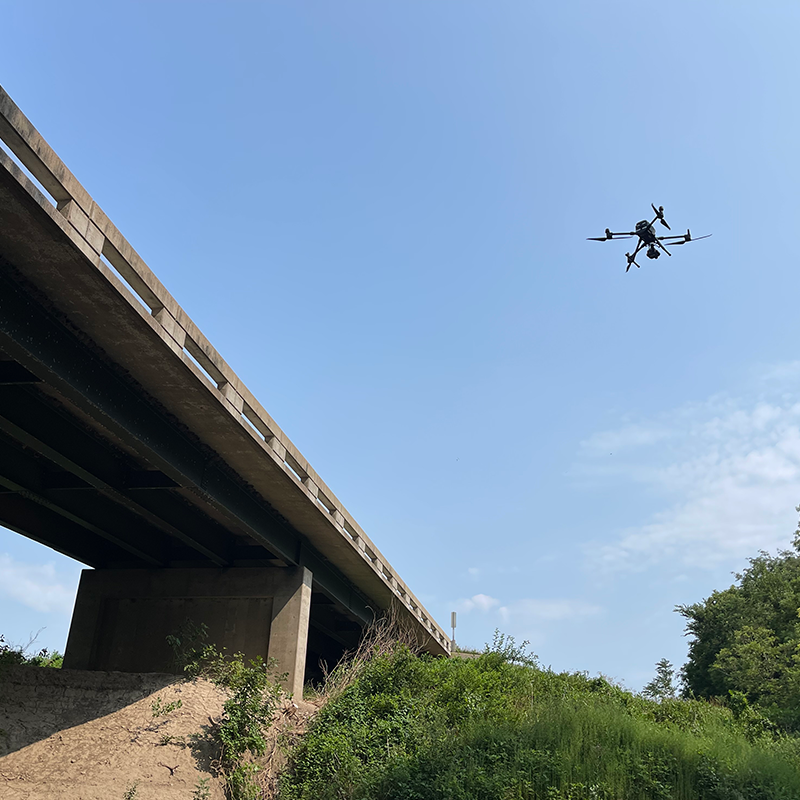News Story
Cracked Rails: How Engineering Could Explain Your Late Arrival to Work

During the harsh winter months, cracked – and even broken – Metro rails can cause an all-too-familiar disruption for morning commutes, particularly for Virginia and Maryland travelers. Orange and Silver line commuters once again faced morning delays due to a broken rail outside the East Falls Church Tuesday, Jan. 27, less than three weeks after a similar incident impacted five of six Metro lines.
In the capital region, it is no secret that winter temperatures can fluctuate dramatically over the course of just a few hours, particularly as close calls with weather events send air temperatures downward, even as snow totals remain low. According to University of Maryland Department of Civil and Environmental Engineering Chair Chuck Schwartz, it is this sudden change in temperature that, at times, spells trouble for Metro rail riders.
“As temperatures fall, not only do stresses increase as the rails contract, but the fracture resistance – the ‘strength’ – of the steel in the rails also decreases,” Schwartz said. “Higher thermal contraction stresses, combined with lower strength of the steel, equates to a crack in the rail.”
Fatigue can worsen the problem, he noted.
“A rail that has been in service for many years has been subjected to thousands – if not, millions – of wheel loads,” Schwartz said. “This may cause small fatigue cracks to form in the rails. These fatigue cracks cause stress concentrations and may become the initiation site for subsequent thermally-induced low temperature cracking of the rail.”
With a background in civil infrastructure systems, Schwartz’s knowledge of Metro rail fractures stems, in part, from his research background in fracture mechanics, including investigations into the fracture of nuclear reactor pressure vessels under thermal shocks. While the two case studies – train rails and nuclear reactors – are very different, the science behind each instance of fractures is very much the same.
“In a loss of coolant accident with a nuclear reactor, the inside of the hot reactor gets flooded with emergency cooling water that drops the temperature and, thus, increases the thermal stresses and decreases the fracture resistance of the inside wall of the vessel,” Schwartz said. “This can potentially trigger fractures that will propagate into the outer hot area of the vessel and hopefully arrest. Essentially, it is a demonstration of the influence of temperature on crack initiation and propagation – very similar in concept to what causes Metro rail cracks.”
Schwartz was recently interviewed by WAMU 88.5 FM about why sudden changes in temperature could spell delays for Metro rail riders.
Published January 27, 2015











